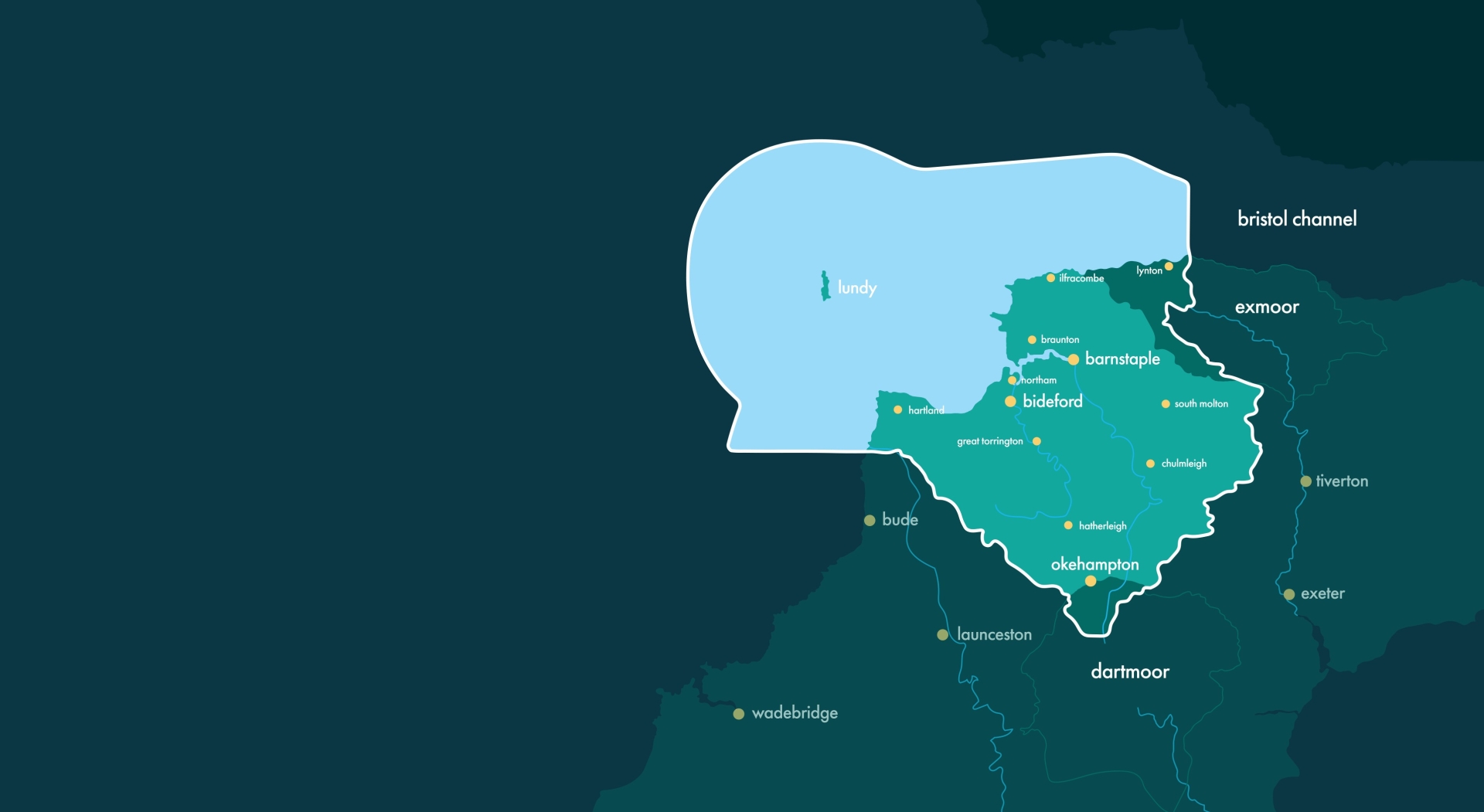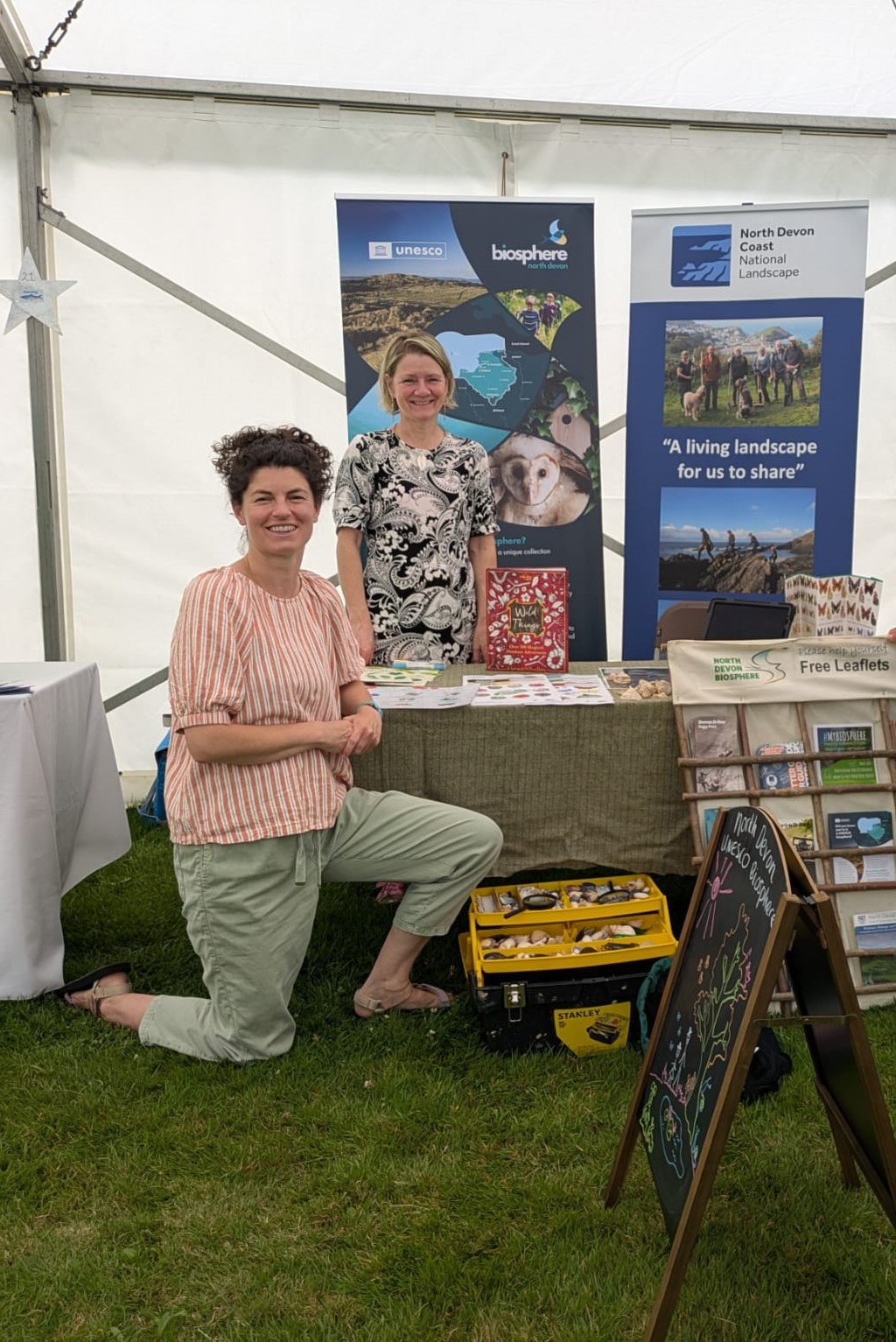
Lundy Island is part of the North Devon Biosphere’s Marine Zone, which extends 12 nautical miles into the sea.
A public consultation has been launched on an ‘ambitious’ 10-year vision to shape the future of the North Devon UNESCO Biosphere.
The new strategy for 2025 to 2035 is now live, with residents, organisations and visitors invited to have their say on proposals for the Biosphere to thrive and grow while preserving nature and supporting the local economy.
The strategy, titled ‘Living up to world class by nature’, sets out 19 ambitious targets across four themes: Helping Nature Thrive, Living in Balance with Nature, Unlocking the Local Value of Nature and Learning from Nature. It aims to make northern Devon a global leader in sustainable development, nature recovery, and climate resilience.
READ NEXT: Young North Devon artists inspired to step up and help save the oceans
The consultation is open now and will run until midnight on October 20. Responses can be submitted via an online questionnaire, which allows participants to comment on each of the strategy’s targets and share their thoughts.

Above: The North Devon Biosphere covers more than 5,000 square kilometres of land and sea, including Braunton Burrows, Exmoor, Dartmoor, the Taw-Torridge estuary and Lundy Island.
Examples of the aspirations include setting up a Biosphere Science Centre in the 10-year window and attracting up to 50,000 visitors per year.
Other goals include reducing net carbon footprint to 40% of the 2010 levels, attracting up to 10,000 visitors per year for nature related activities and driving the number of visitors who come to the area because of its natural world up to 90%.
The strategy also hopes to promote more marine area recovery and see 10 previously threatened locally important species thriving with sustainable populations.
Andy Bell, CEO of the North Devon Biosphere Foundation, said the strategy was a ‘rallying call for everyone who cares about the future of our environment and communities’.
He added: “We’ve set ambitious goals, but they’re grounded in local knowledge, science and a deep commitment to collaboration.
“We want to hear from as many voices as possible to make sure this strategy reflects the hopes and needs of our region.”
Mel Austen, chair of the North Devon Biosphere Partnership and Professor of Ocean and Society at the University of Plymouth, added: “The Biosphere is not just a designation - it’s a living, working interaction of landscape, coast and sea.
“This strategy shows how we can unlock the economic, cultural, and educational value of nature while restoring and protecting it for future generations. We encourage everyone to take part in the consultation and help us shape a world class future for North Devon.”

Above: Biosphere community animators Martha Boalch and Katy Lee at the North Devon Homes show this summer.
The North Devon Biosphere covers over 5,000 square kilometres of land and sea, including Braunton Burrows, Exmoor, Dartmoor, the Taw-Torridge estuary, and Lundy Island. It is recognised by UNESCO for its unique blend of biodiversity, community engagement, and sustainable development.
To read the strategy and complete the consultation questionnaire, visit: https://www.northdevonbiosphere.org.uk/biosphere-strategy.html
Subscribe or register today to discover more from DonegalLive.ie
Buy the e-paper of the Donegal Democrat, Donegal People's Press, Donegal Post and Inish Times here for instant access to Donegal's premier news titles.
Keep up with the latest news from Donegal with our daily newsletter featuring the most important stories of the day delivered to your inbox every evening at 5pm.